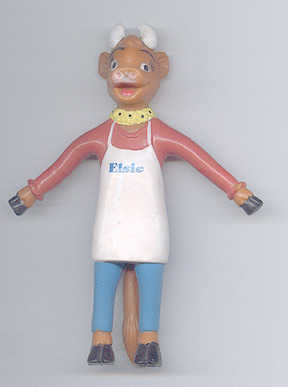The field trip included a visit to Parliament, hosted by Lord Falkner who is the Lord who represents Worcester in Parliament as well as a trip to Kensal Green cemetery. Of the two, Parliament was the most interesting and had the most gold. The buildings themselves are most spectacular in the perpendicular Gothic style with many windows, spires and gargoyles.
The Parliament of the United Kingdom of Great Britain and Northern Ireland is the legislative body in the UK, British Crown dependencies and British overseas territories. Parliament alone possesses ultimate power over all other political bodies in the UK and its territories. At its head is the Sovereign, Queen Elizabeth II, whose official title is "Elizabeth the second, by the Grace of God of the United Kingdom of Great Britain and Northern Ireland".
The people who work in this building are members of an upper house, House of Lords and a lower house, the House of Commons. The Queen is the third component of the legislature but she is only allowed to go there once a year. The House of Lords includes two different types of members: the Lords Spiritual, who are bishops of the Church of England and the Lords Temporal who are appointed by the Sovereign on advice of the Prime Minister. The House of Commons is a democratically elected chamber with elections to it held at least every five years.
Our tour allowed us to see the striking difference between the two houses. The House of Lords is quite opulent with red velvet and lot's of gold. It also has the throne where the Sovereign sits for her annual "state of the empire" visit and a special bench where the bishops sit. The House of Commons, where the Sovereign is not allowed to enter, is much more austere, decked out in green and oak - no gold. These Brits sure love their class system and pomp!
After our tour, Anne and I jumped on the Metro to find our hotel. No time to take a nap or eat a proper dinner, just hopped back on the Metro to the Thames where we walked across the bridge to the Southbank Centre. We had learned that there was a Women of the World Festival going on to celebrate International Women's Day and that the Friday night event was hosted by Annie Lennox and featured Katy B, Jess Mills and Emeli Sande (rising young female artists in Britain). The whole theme of the evening event was an affirmation of feminist political power and equality. One word: Fantastic. Watch the highlight:
Our hotel was right across the street from Hyde Park which was so much more lovely than the last time we visited. The snow had melted, the flowers were in bloom and the ducks were having babies. Everyone seemed to be enjoying the weather. We spent time there on two days, even had breakfast one morning beside the lake. Lovely.
The roller skater below was amazing also!
We took the Metro over to Leicester square and got some tickets to see Tyne Daly in Master Class that evening and headed out to spend the afternoon at the Tower of London and meet a few Beefeaters. There is so much British history at the Tower, it is mind boggling.It was originally built by William the Conqueror in 1078. It was white washed by Henry III and has since been called the White Tower.
Persons beheaded inside the Tower include William Hastings, 1st Baron Hastings (1483), Anne Boleyn (1536), Margaret Pole, Countess of Salisbury (1541), Catherine Howard (1542), Jane Boleyn, Viscountess Rochford (1542), Lady Jane Grey (1554) and Robert Devereux, 2nd Earl of Essex (1601) and Thomas More, 1535. Lovely people, the British.
We especially liked the ravens who live on the castle grounds. Legend has it that if the ravens ever leave, the tower will fall and the empire will fail. I was discouraged that the empire keeps the bird's wings clipped and keep them in cages at night. It seems that the decision to clip their wings is just a bit manipulative and puts little faith in the legend and the monarchy. If they were to just hang the ribcage of a stag on a nearby stump (like we did at home this fall), those ravens would never leave.
We went on a really interesting tour, led by a member of the Yeoman Warders a.k.a. Beefeater. After that we went to the jewel tower and saw the Crown Jewels. Wow, such opulence.
The next day, we again walked through Hyde Park to see the changing of the guard at Buckingham Palace. On the way there we saw the horse procession above. This was very impressive (again, pomp rules!) and very crowded. It seems to be a scheduled event but no one really knew what the schedule was. Finally, the guard showed up - in grey uniforms because it is winter - and with a band and an Irish Wolfhound because they were the First Battalion Irish Guards.
Our evening was spent at a delightful dinner with old friends at a great Mid-Eastern restaurant in the Mayfair district. Great food and great fun to catch up on the past 30 years.
In order to not waste any quality tourist time, and since our train didn't leave London until mid-afternoon we spent Monday morning at the National Gallery. They have paintings on display from the thirteenth to the twentieth century. We tried to guess which of the paintings in each gallery were the 'featured' ones in the brochure. Sometimes we guessed right, sometimes not. We did see paintings by Van Eyck, Michelangelo, Rembrandt, Monet and Van Gogh and many others. It was a great time.
Be sure and check the photos.
